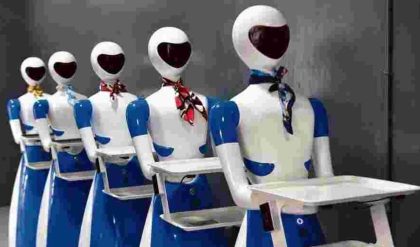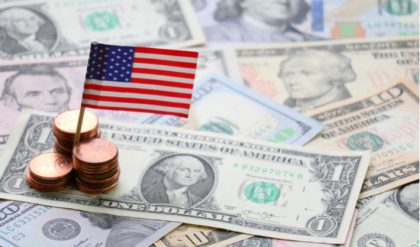While Keynesian economic theory was being applied in most of the world’s major economies, the new concept of microeconomics, pioneered by Marshall, was also taking hold in economic circles. The study of smaller, more focused aspects of the economy, which previously were not given major importance, was fast becoming an integral part of the entire economic picture. (For more, see: How Influential Economists Changed Our History.)
Microeconomics had practical appeal to economists because it sought to understand the most basic machinery of an economic system: consumer decision-making and spending patterns, and the decision-making processes of individual businesses.
The study of consumer decision-making reveals how the price of products and services affects demand, how consumer satisfaction – although not precisely measurable – works in the decision-making process, and provides useful information to businesses selling products and services to these consumers.
The decision-making processes of a business includes how much to make of a certain product and how to price these products to compete in the marketplace against other similar products. The same decision-making dynamic is true of any business that sells services rather than products.
Although economics is a broad continuum of all the factors – both large and small – that make up an economy, microeconomics doesn’t take into direct account what macroeconomics considers. Remember, macroeconomics is concerned principally with government spending, key interest rates set by the Federal Reserve, the banking system and other economic factors such as consumer confidence, unemployment or gross national product, which may influence the entire economy. (For more, see: Explaining the World Through Macroeconomic Analysis.)
Microeconomics, on the other hand, focuses on the choices that individuals and firms make, the factors that influence their choices and how their decision-making affects price, supply and demand. Economics, like all sciences, is continually evolving, with new ideas being introduced regularly, and old ideas being refined, revised, and rethought.
Utility Theory
Some 200 years after Bernoulli’s theory was first introduced, it was expanded upon by Hungarian-American John von Neumann (1903-1957) and Austrian Oskar Morgenstern (1920-1977). A more detailed and nuanced theory than Bernoulli’s and Marshall’s emerged from their collaboration, which they called utility theory. The theory was explained in their classic work, Theory of Games and Economic Behavior, published in 1944. (See also: Advanced Game Theory Strategies for Decision-Making.)
In the 1950s, American Herbert A. Simon (1916-2001), a 1978 Nobel Memorial Prize-winner in economics, introduced a simpler theory of consumer behavior called satisficing. The satisficing theory contends that when consumers find what they want, they abandon the quest and decision-making processes and buy the product or service which seems to them as “good enough.” (For more, see: Nobel Winners are Economic Prizes.)
For now, the history of microeconomics continues to unfold, awaiting perhaps another Bernoulli, Adam Smith, Alfred Marshall, or John Maynard Keynes, to provide it with some new, revolutionary ideas.





